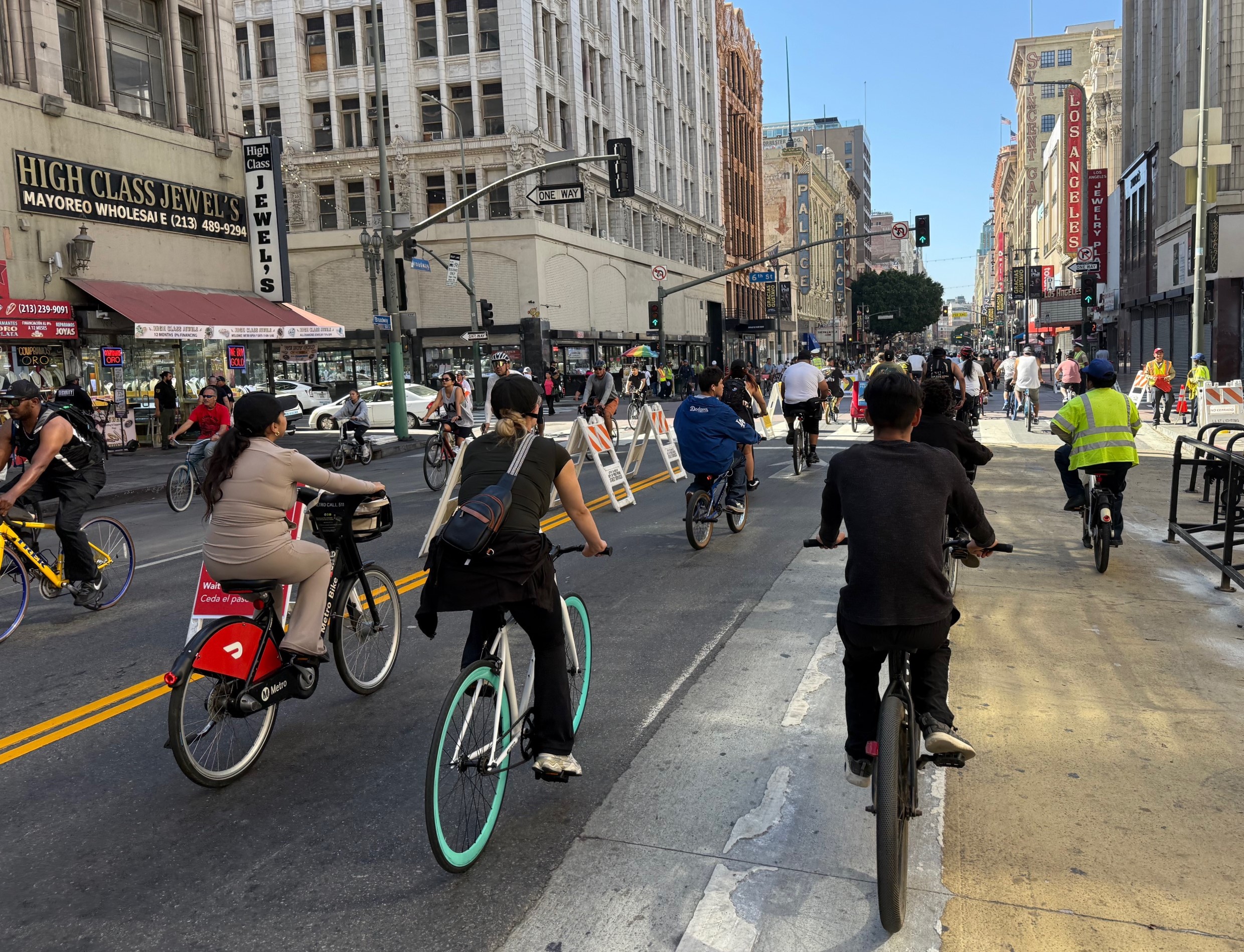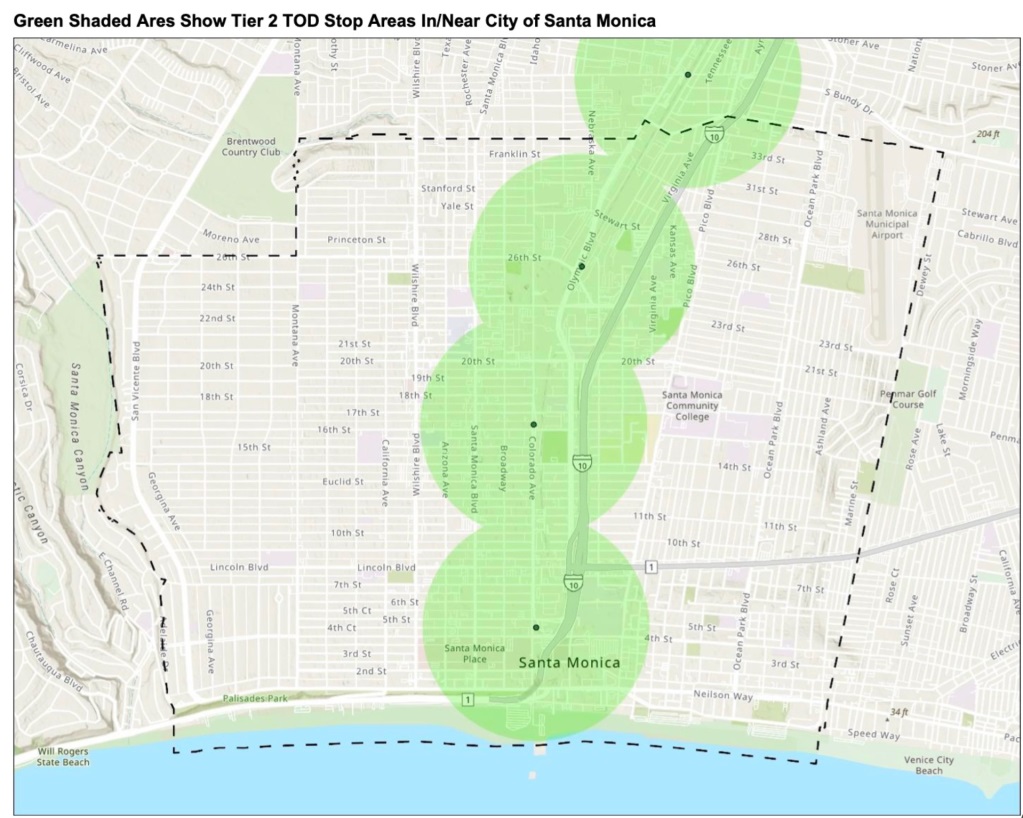To a certain extent, hope springs eternal in federal transportation
circles. Even as state DOTs and metropolitan planning organizations
operate under the latest in a series of extensions of the 2005 law
that governs road, transit, and bike-ped spending, few are willing to
envision a future in which new legislation doesn't pass by next year.
 Anti-tax protesters. (Photo: Tribune)
Anti-tax protesters. (Photo: Tribune)After all, even the Obama administration -- which last spring called for an 18-month delay in taking up House transport committee chairman Jim Oberstar's (D-MN) infrastructure measure -- has signaled a willingness to begin talks on broader policy changes by next spring.
But
that outcome assumes that Congress and the White House can reach an
agreement by early 2011 on how to find as much as $200 billion to pay
for a significant six-year investment in infrastructure.
Right
now there remains only two practical options on the table: paying for a
new transport bill with general Treasury money, which would amount to
deficit spending at a time when White House aides profess mounting concerns about the nation's red ink; and raising the federal gas tax, which the president has flatly ruled out.
What
would the worst-case scenario look like? It is rarely mentioned on the
record by Washington infrastructure watchers, but former Transportation
Secretary James Burnley IV outlined it neatly in an interview this week
with D.C. Velocity:
I started saying a year ago that we were facing four years ofshort-term extensions of existing [federal transport funding] programs, and I'm sorry to say thisis a prediction that I believe will come true. It will be especiallydifficult for the Obama administration and Congress to agree on asolution to the [highway] trust fund crisis if the political environment holds inNovember and we have more Republicans occupying both Houses who areskeptical of higher taxes of any kind.
What worries me is that the whole concept of the trust fund isbreaking down. You can't make the argument with a straight face thatthe trust fund should be spent just on transportation programs and thatit should be walled off from the appropriations process while at thesame time getting huge sums of money from general revenues. That is acorrosive process. By 2013, we could find the whole notion of the trustfund obsolete.
What Burnley does not mention is that extending the 2005 transportation
law past the current fiscal year would require continued transfers from
the Treasury (what he calls "general revenues") to the highway trust
fund, which belies its name by providing a regular source of funding for transit as well as roads.
The jobs bill that President Obama signed last month
shifts $19.5 billion into the trust fund, a sum expected to keep it
solvent until the end of fiscal year 2010, but preserving even the
inadequate existing levels of maintenance for roads and rails would
require extra money this fall unless Congress passes a new
transportation bill.
Still, Burnley's assessment of the
political reality rings true. With the rise of the anti-tax Tea Party
movement drawing media and public attention to the prospect of future
tax hikes to help shrink the deficit, Democrats are already taking
great care to reinforce the president's campaign pledge
not to raise taxes for households earning less than $250,000 a year.
Anyone predicting a more hospitable environment on the Hill next year
for raising gas taxes to pay for infrastructure would be safely accused
of wishful thinking.
And the more that Democrats shrink
from the T-word, the stronger the likelihood that the 2005 transport
law would be extended until after the 2012 presidential race -- barring
a breakthrough on new financing tactics, that is.






